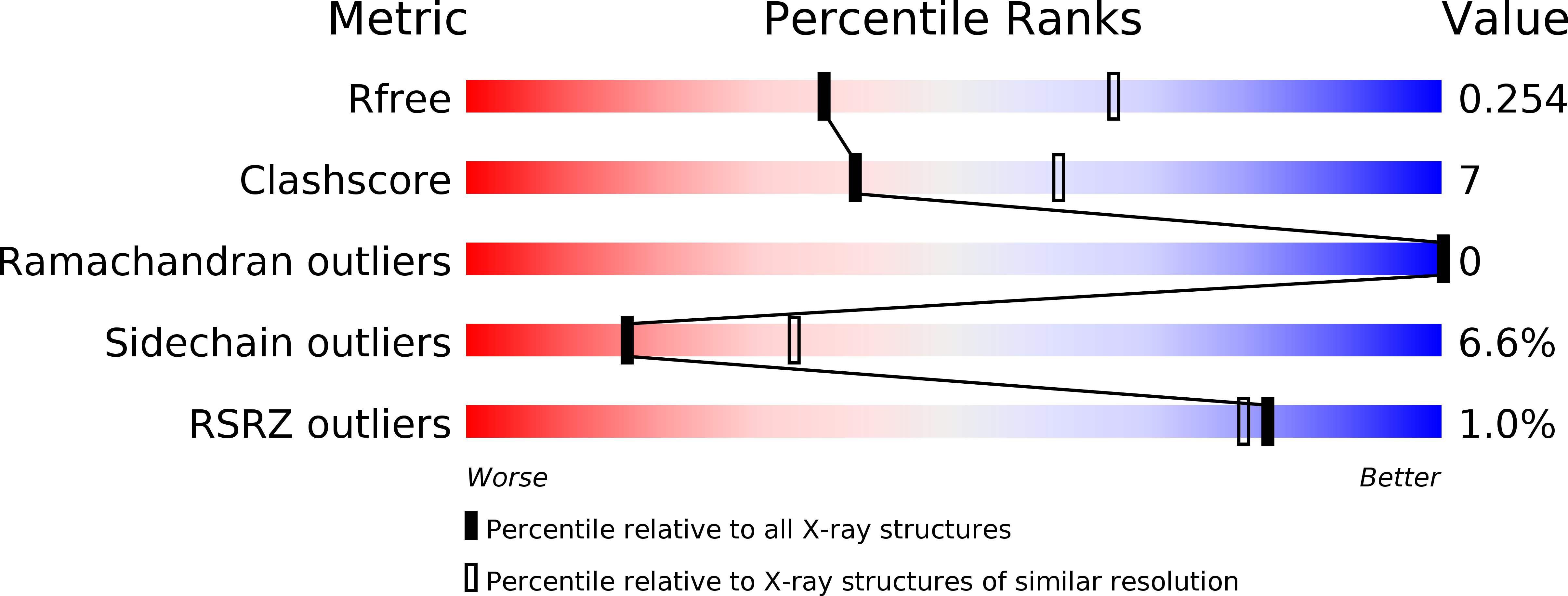
Deposition Date
2016-12-12
Release Date
2017-05-31
Last Version Date
2024-11-06
Entry Detail
PDB ID:
5U7X
Keywords:
Title:
Crystal structure of a nucleoside triphosphate diphosphohydrolase (NTPDase) from the legume Vigna unguiculata subsp. cylindrica (Dolichos biflorus) in complex with phosphate and manganese
Biological Source:
Source Organism:
Vigna unguiculata subsp. cylindrica (Taxon ID: 3840)
Host Organism:
Method Details:
Experimental Method:
Resolution:
2.60 Å
R-Value Free:
0.24
R-Value Work:
0.16
R-Value Observed:
0.17
Space Group:
C 1 2 1


